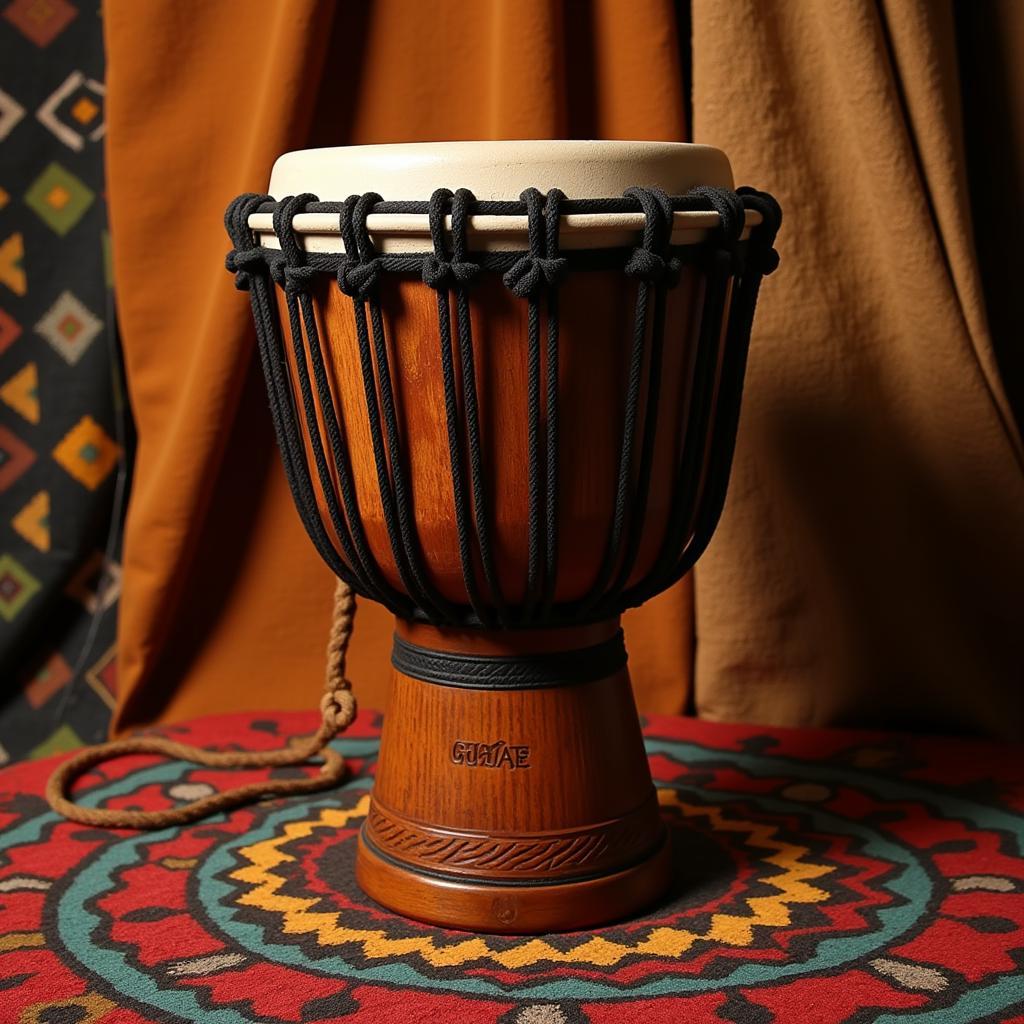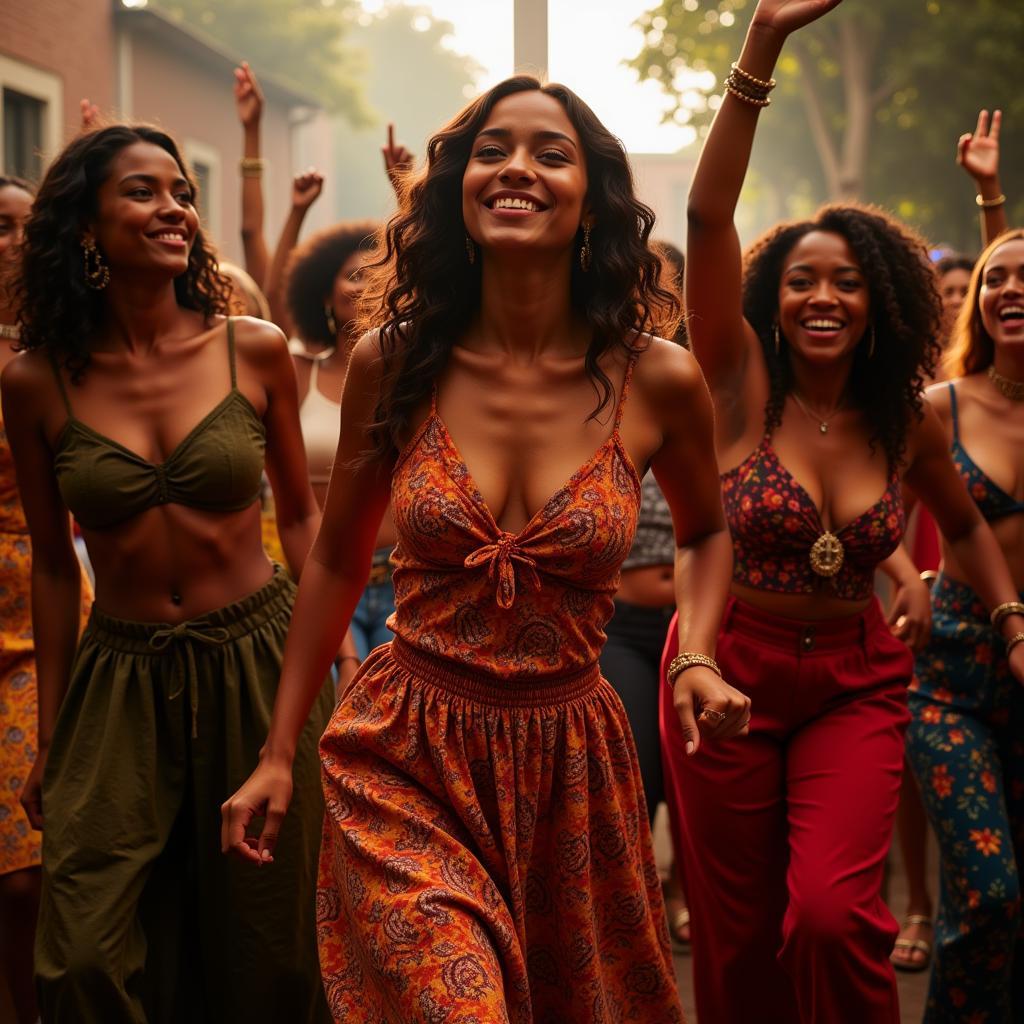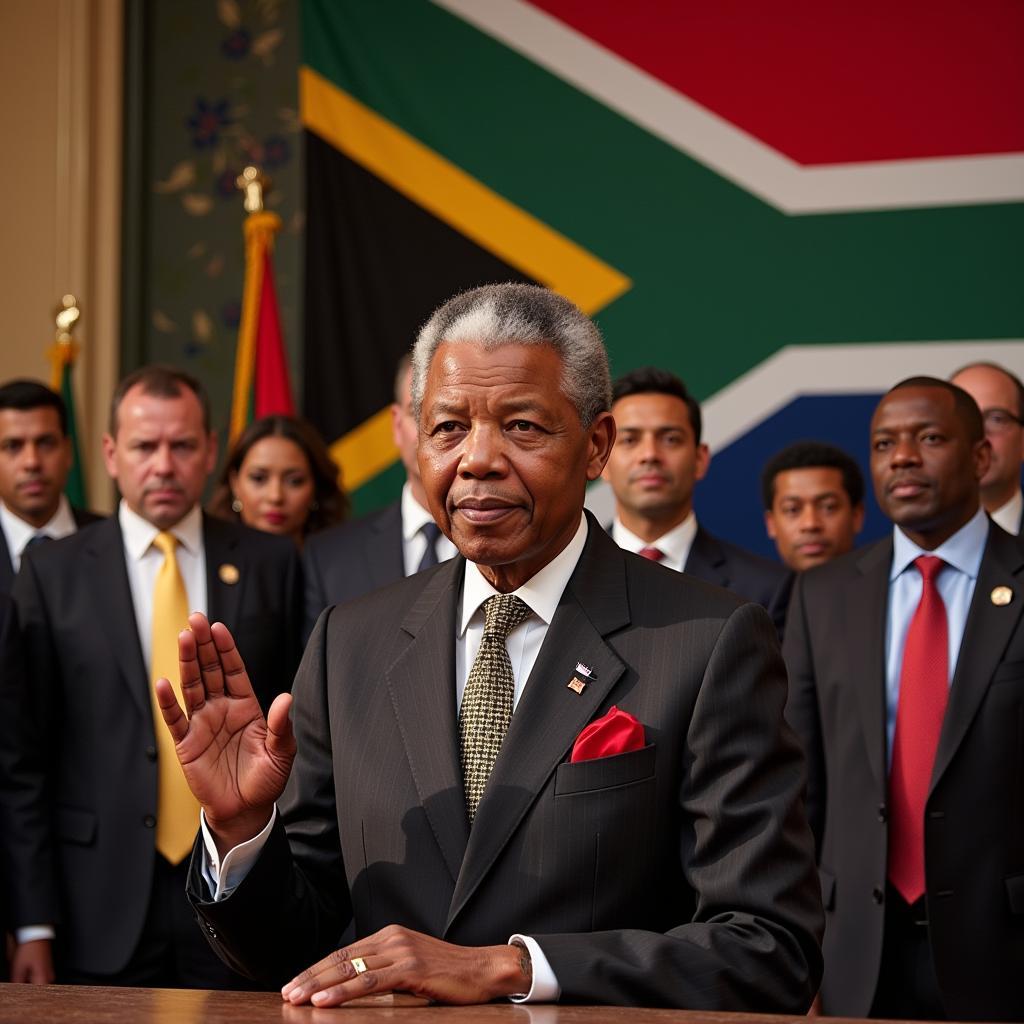African Drums: The Rhythmic Heartbeat of Dance
From ancient rituals to modern celebrations, African drums have always played an integral role in the continent’s vibrant culture. More than just instruments, these drums are the pulsating heart of African dance, guiding movements, embodying emotions, and connecting communities through their powerful rhythms.
The Language of the Drums: Communicating Through Rhythms
African drums are incredibly diverse, varying in size, shape, and materials used across the continent. Each drum, with its unique sound, is capable of producing a wide range of tones and pitches, allowing for complex rhythmic patterns and variations. This versatility transforms the drums into a powerful communication tool, conveying messages, stories, and emotions across distances.
From Everyday Life to Sacred Rituals
Historically, drums played a vital role in transmitting news, announcing important events, and even warning of danger. The rhythmic patterns, often accompanied by singing and dancing, allowed for a nuanced form of communication, conveying subtleties and emotions beyond literal words. This deep connection to language and storytelling is evident in traditional ceremonies, where drums dictate the flow of rituals, guiding dancers’ movements and marking significant moments.
A Symphony of Movement: The Interplay of Drums and Dance
The relationship between African drums and dance is symbiotic, with each element influencing and enriching the other. The drums are not merely an accompaniment; they are the driving force, the pulse that animates the dance. Each beat, each roll, each pause, corresponds to a specific movement, a gesture, or an expression.
A Fusion of Energy and Spirit
African dance is characterized by its energy, fluidity, and expressiveness. From the intricate footwork to the graceful arm movements and torso isolations, every part of the body becomes an instrument of expression. The drums, with their infectious rhythms, infuse the dance with a sense of urgency, joy, and power. This synergy creates a mesmerizing spectacle, drawing the audience into a shared experience of rhythm, movement, and cultural expression.
Exploring the Diversity of African Drumming and Dance
With over 50 countries and countless ethnic groups, Africa boasts a stunning diversity of drumming and dance traditions. Each region has developed its own unique styles, instruments, and rhythms, reflecting their history, beliefs, and social structures.
West African Djembe: A Celebration of Community
The djembe, a goblet-shaped drum from West Africa, is perhaps one of the most recognizable African drums worldwide. Its versatility and powerful sound make it the heart of many social gatherings and celebratory dances. The djembe rhythms, often played with bare hands, are known for their polyrhythmic complexity, with multiple rhythms layered on top of each other, creating a rich tapestry of sound.
East African Ngoma: The Rhythms of Life and Ancestry
In East Africa, the ngoma drumming tradition holds a central place in cultural ceremonies. Ngoma encompasses a wide variety of drums, each with its own significance and role. These drums are used to accompany rituals, celebrate life cycle events, and honor ancestors. The rhythms are often fast-paced and energetic, reflecting the vibrant cultures of the region.
 A close-up of an African talking drum, showcasing its intricate design and craftsmanship
A close-up of an African talking drum, showcasing its intricate design and craftsmanship
Southern African Kundi: Healing Rhythms and Spiritual Connections
The kundi, a gourd drum found in Southern Africa, holds deep spiritual significance. Traditionally used in healing ceremonies, the kundi’s rhythms are believed to connect the physical and spiritual realms. The deep, resonating tones of the kundi create a meditative atmosphere, facilitating healing and introspection. To learn more about the Kundi and other fascinating African instruments, you can explore more about African music.
The Enduring Legacy: African Drums and Dance in the Modern World
Today, African drums and dance continue to captivate audiences worldwide. From traditional ceremonies to contemporary stage productions, these art forms have transcended geographical boundaries, becoming a source of inspiration for musicians, dancers, and artists across the globe. The legacy of African drums and dance is a testament to the power of rhythm and movement to unite, inspire, and express the shared human experience.
For those seeking an immersive cultural experience, African festivals in August offer a vibrant celebration of music, dance, and art. You can also delve further into the spiritual significance of African drums dance of the soul.
Whether experienced in a bustling village square or a modern concert hall, the captivating rhythms of African drums and dance continue to resonate with audiences, reminding us of the power of these art forms to connect us to our heritage, our communities, and the very essence of human expression.


